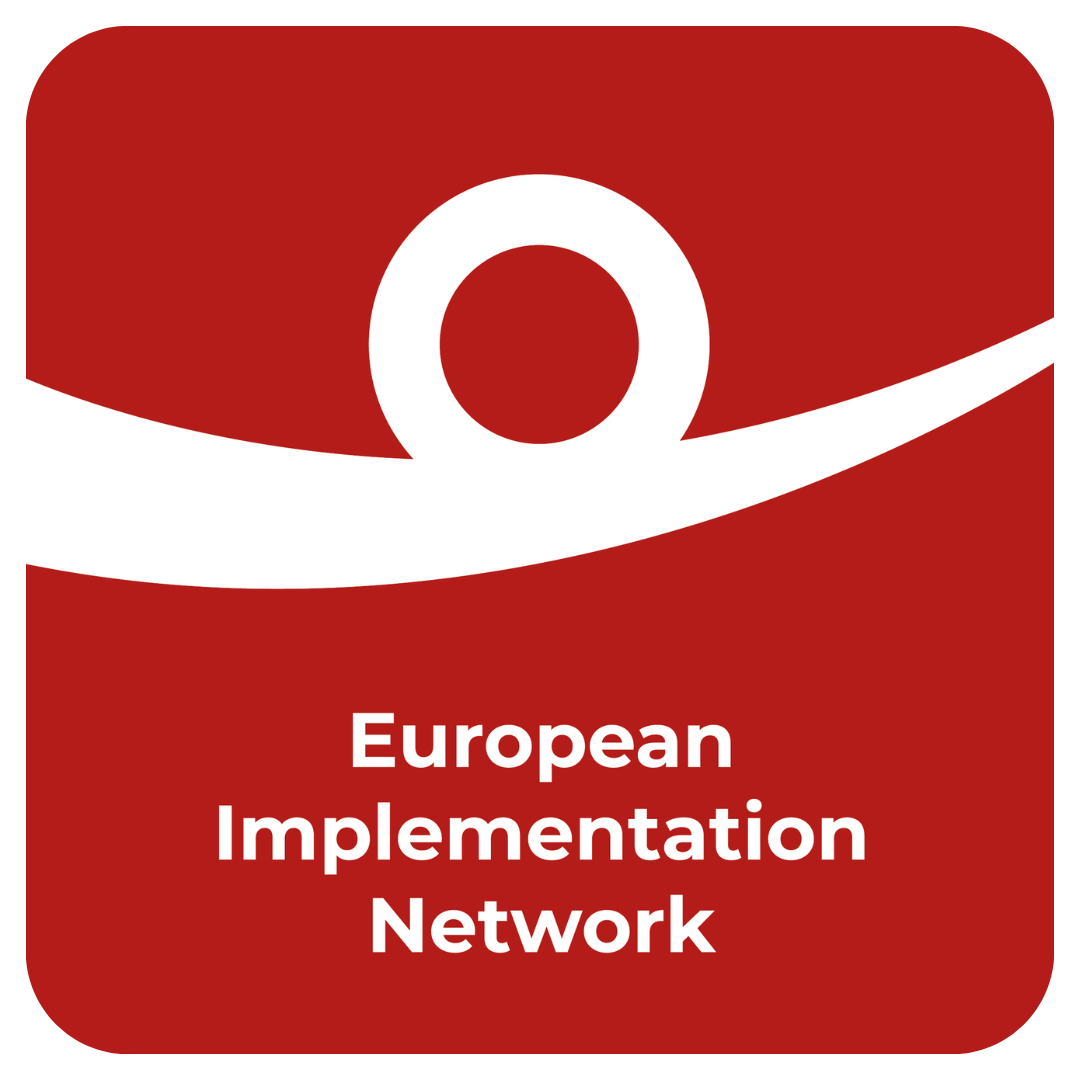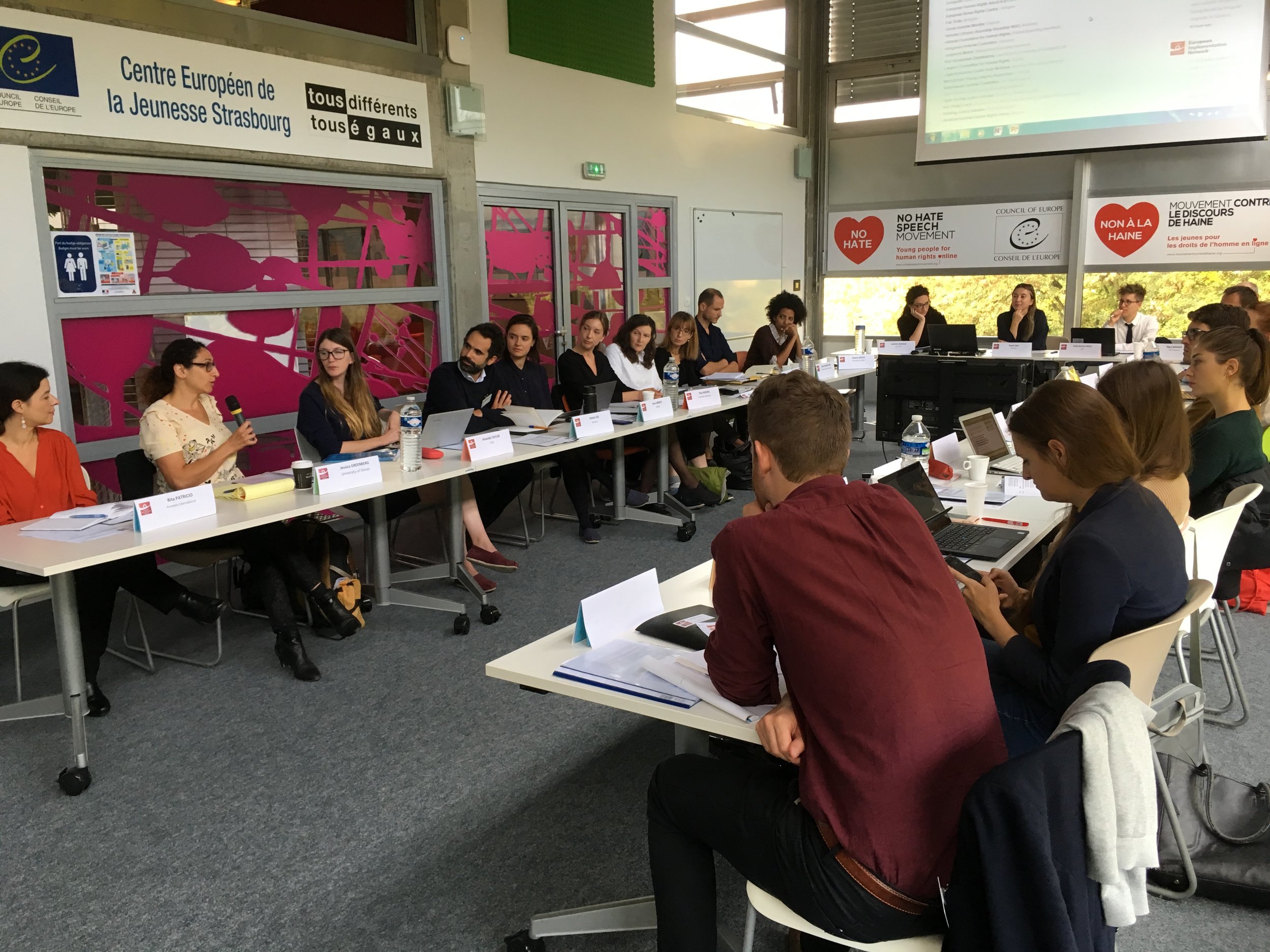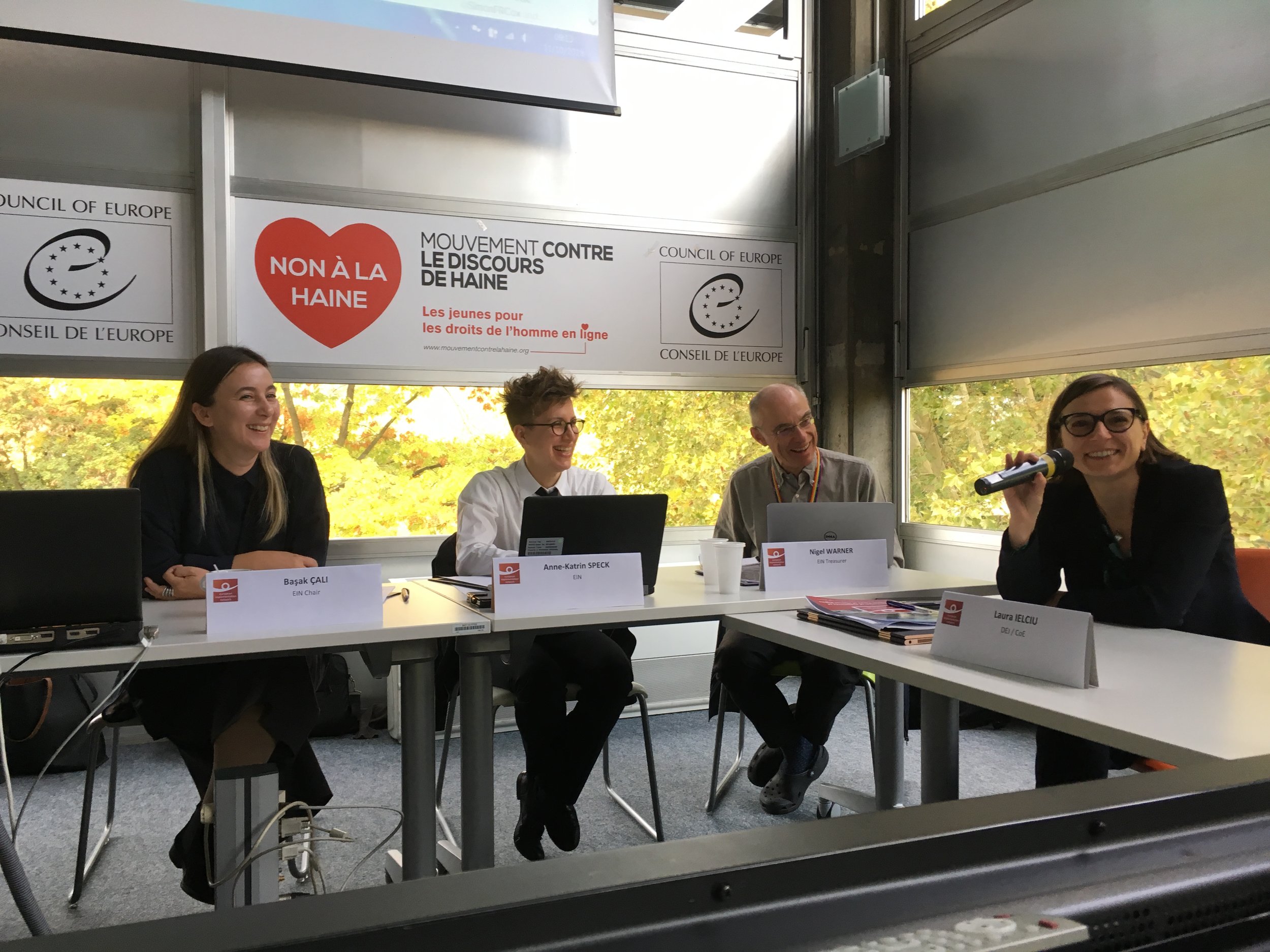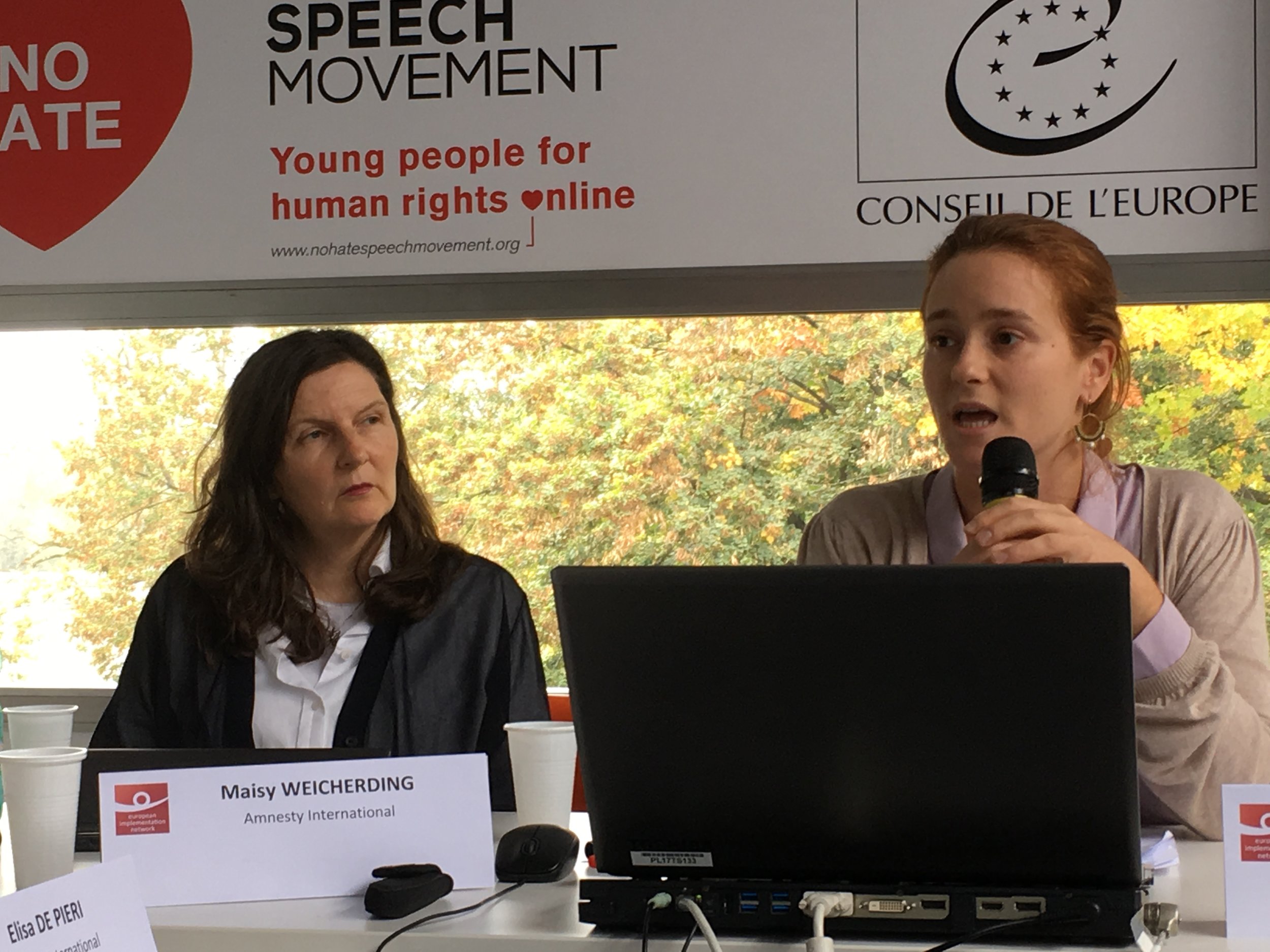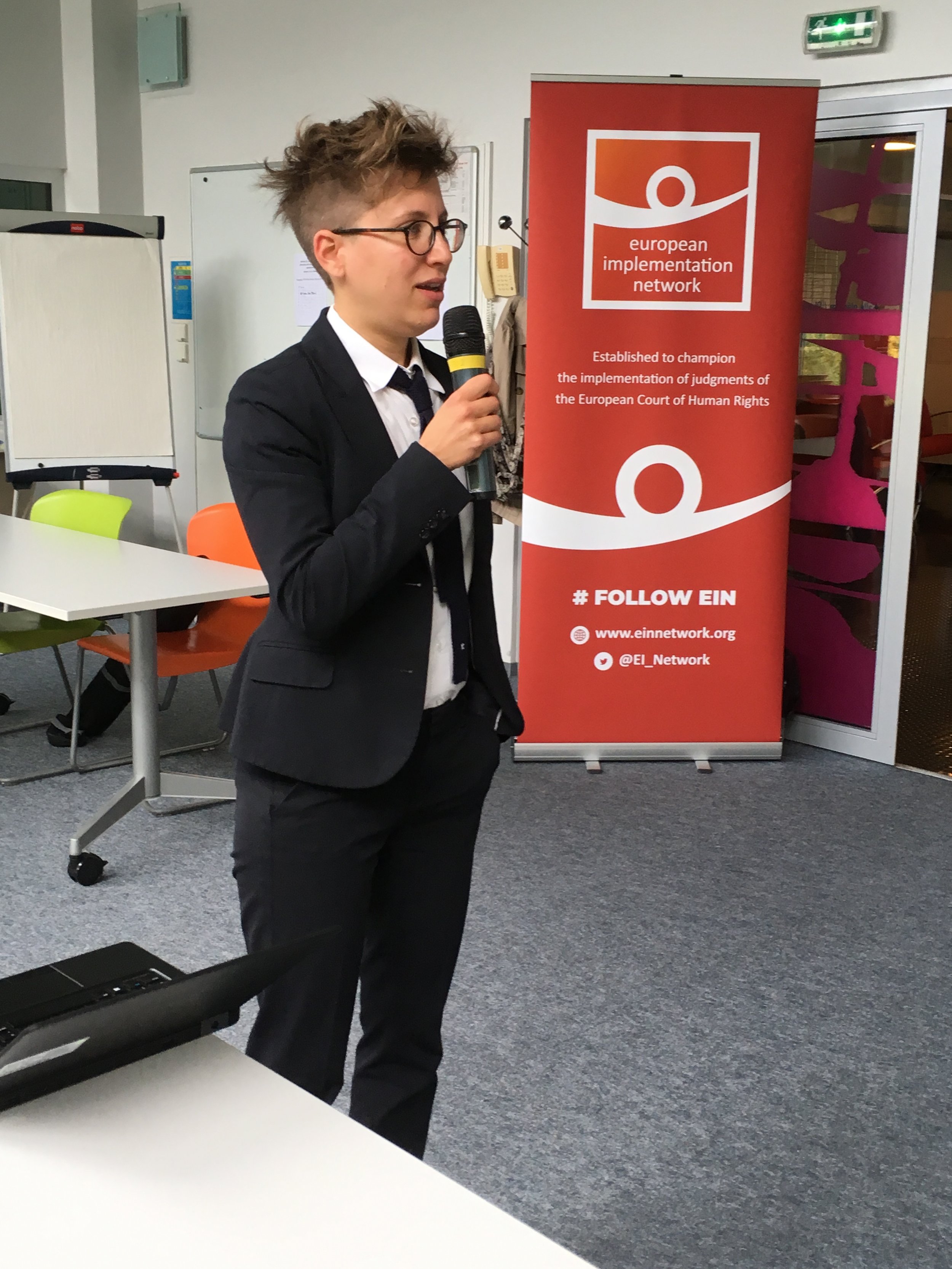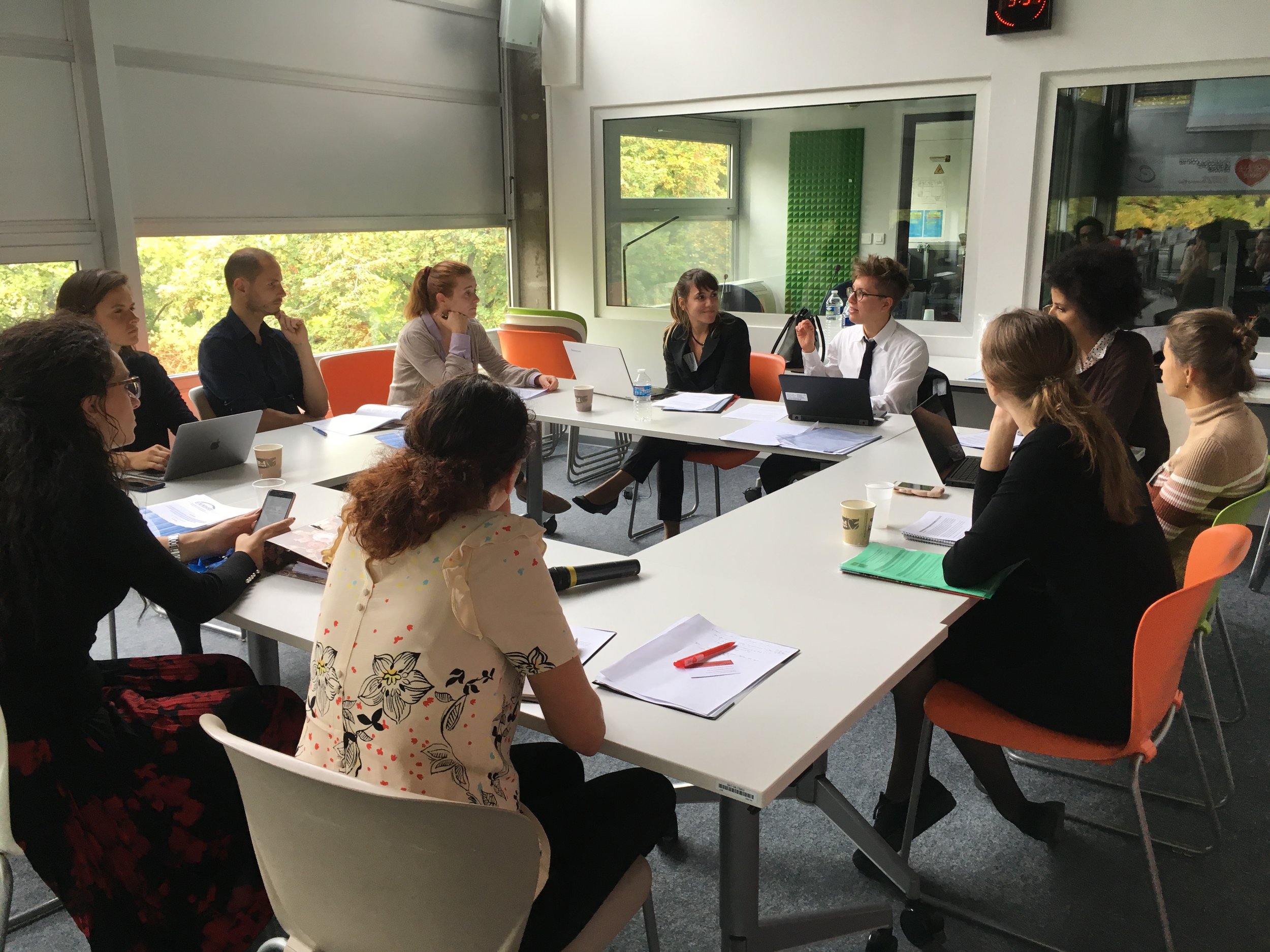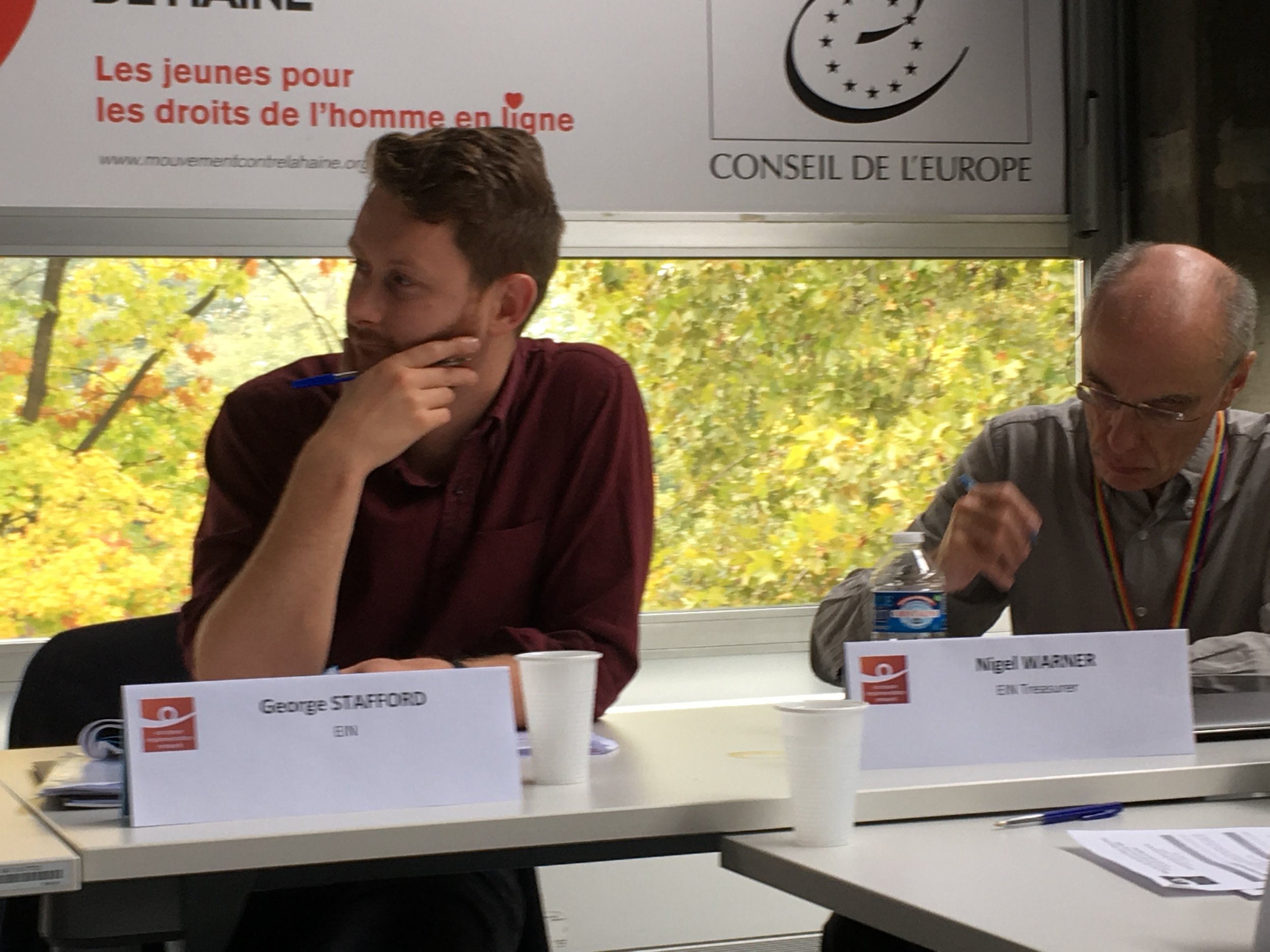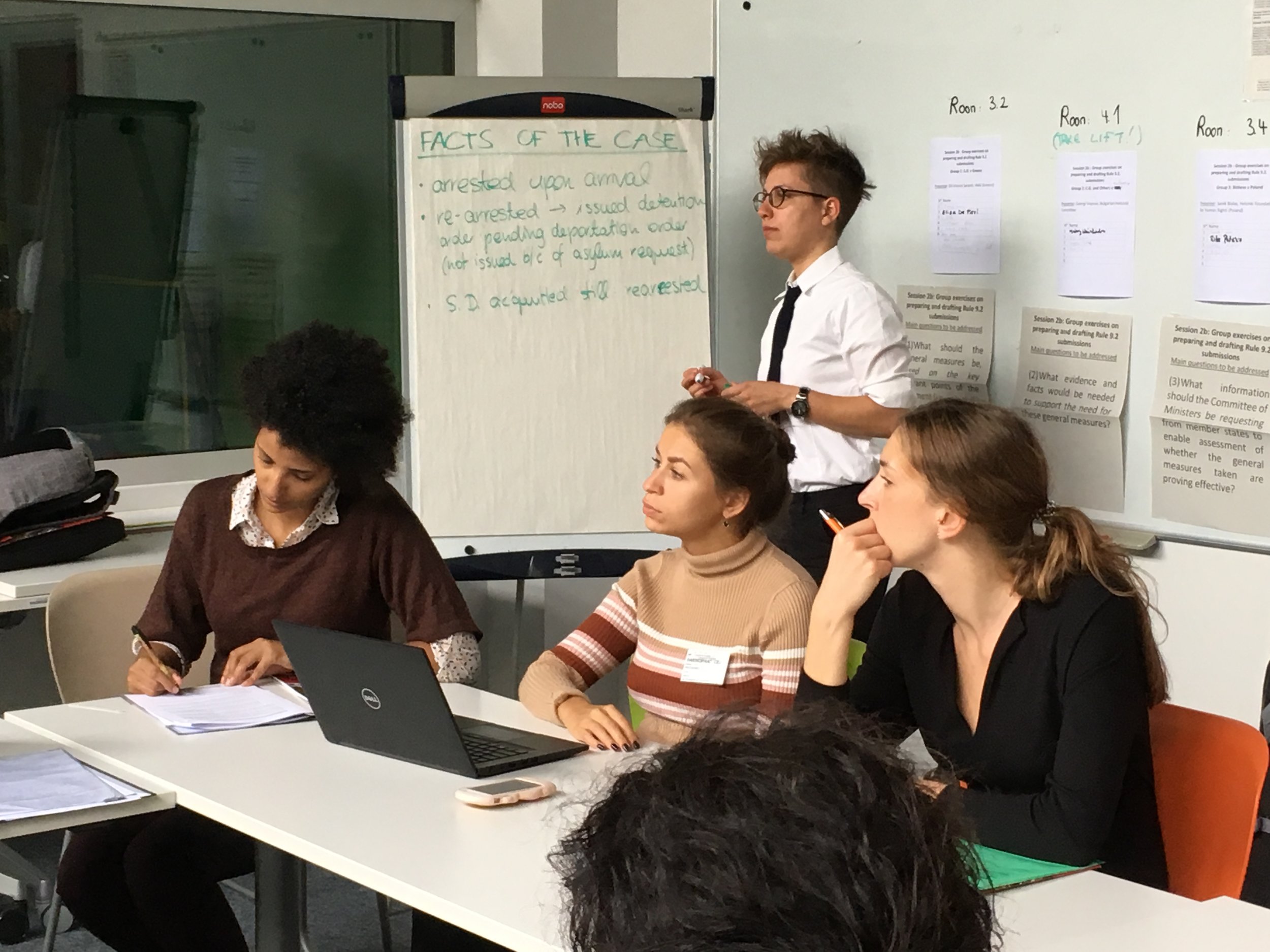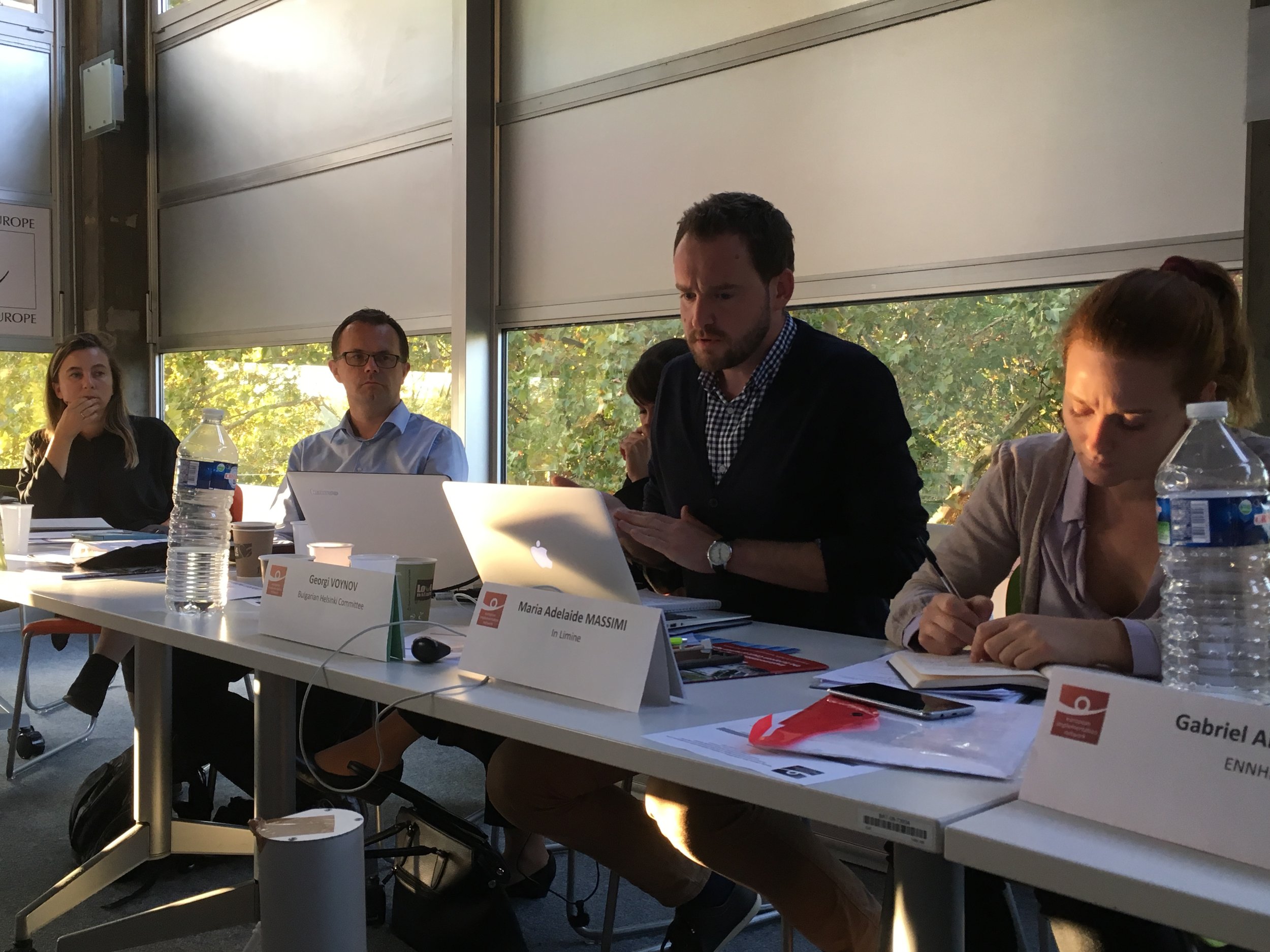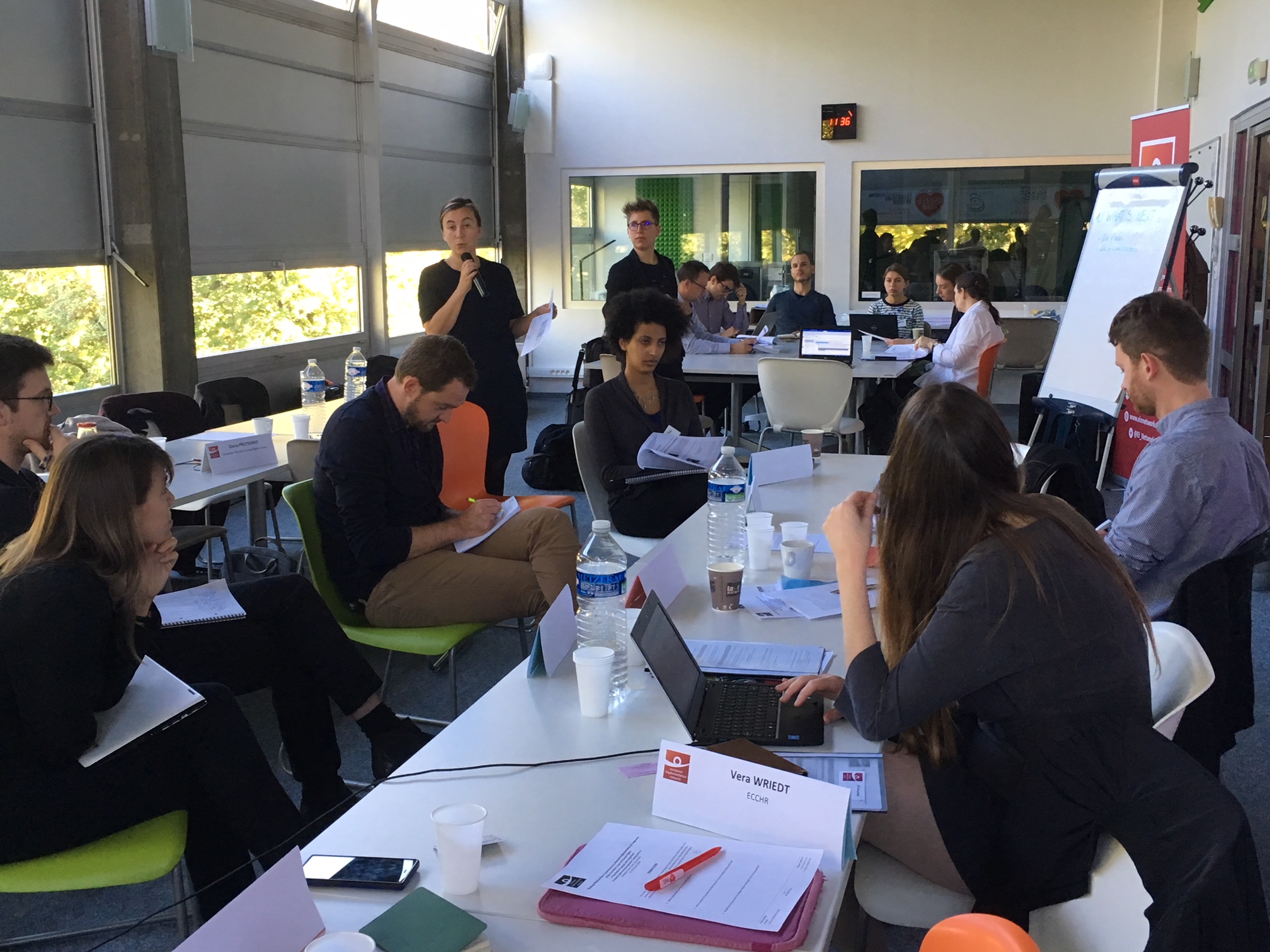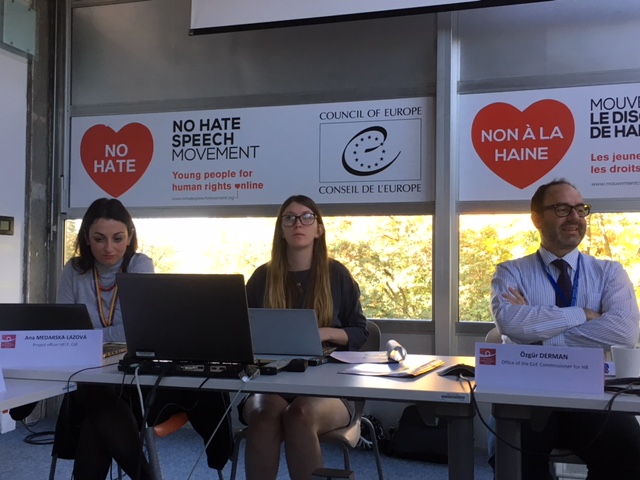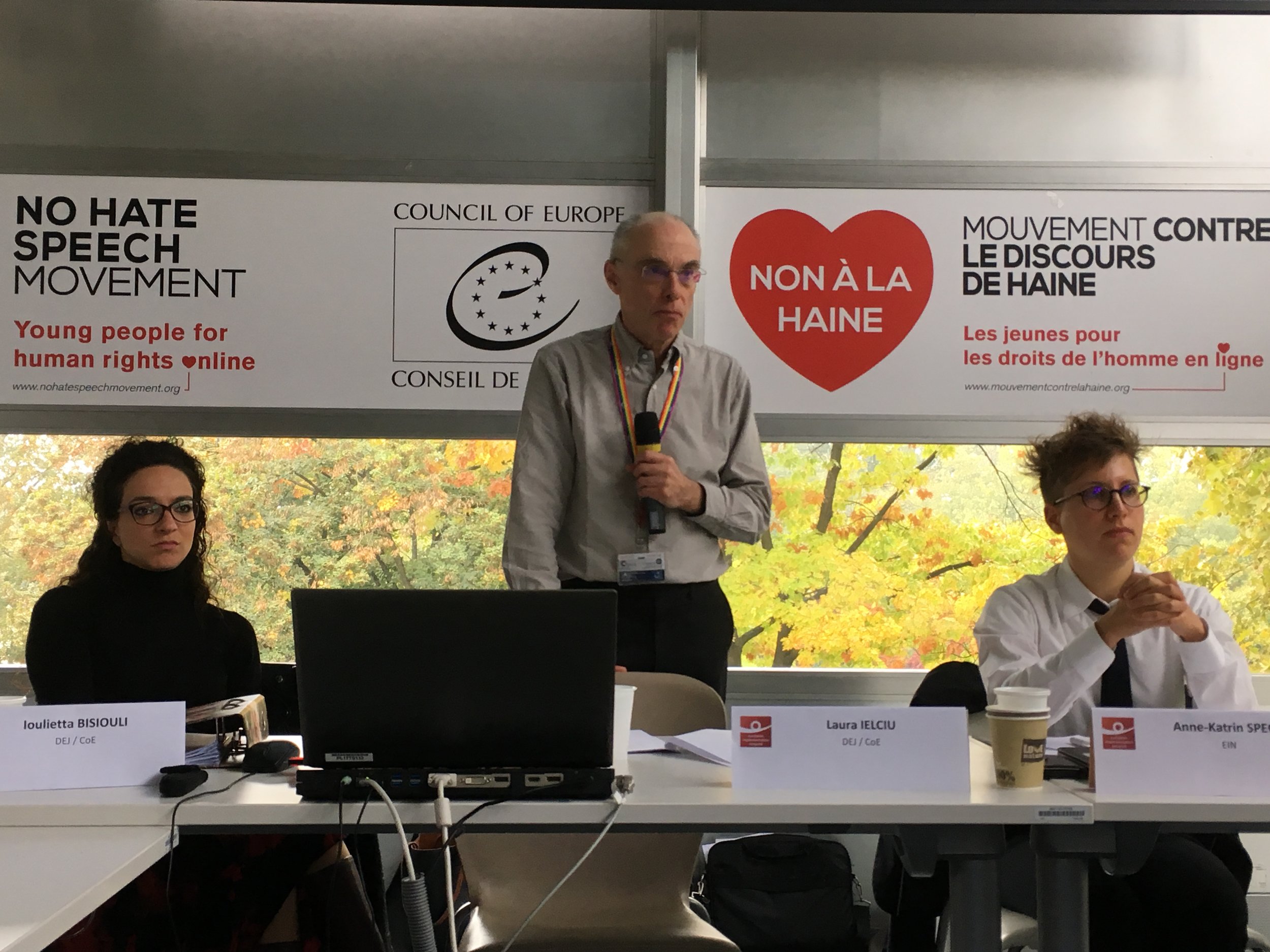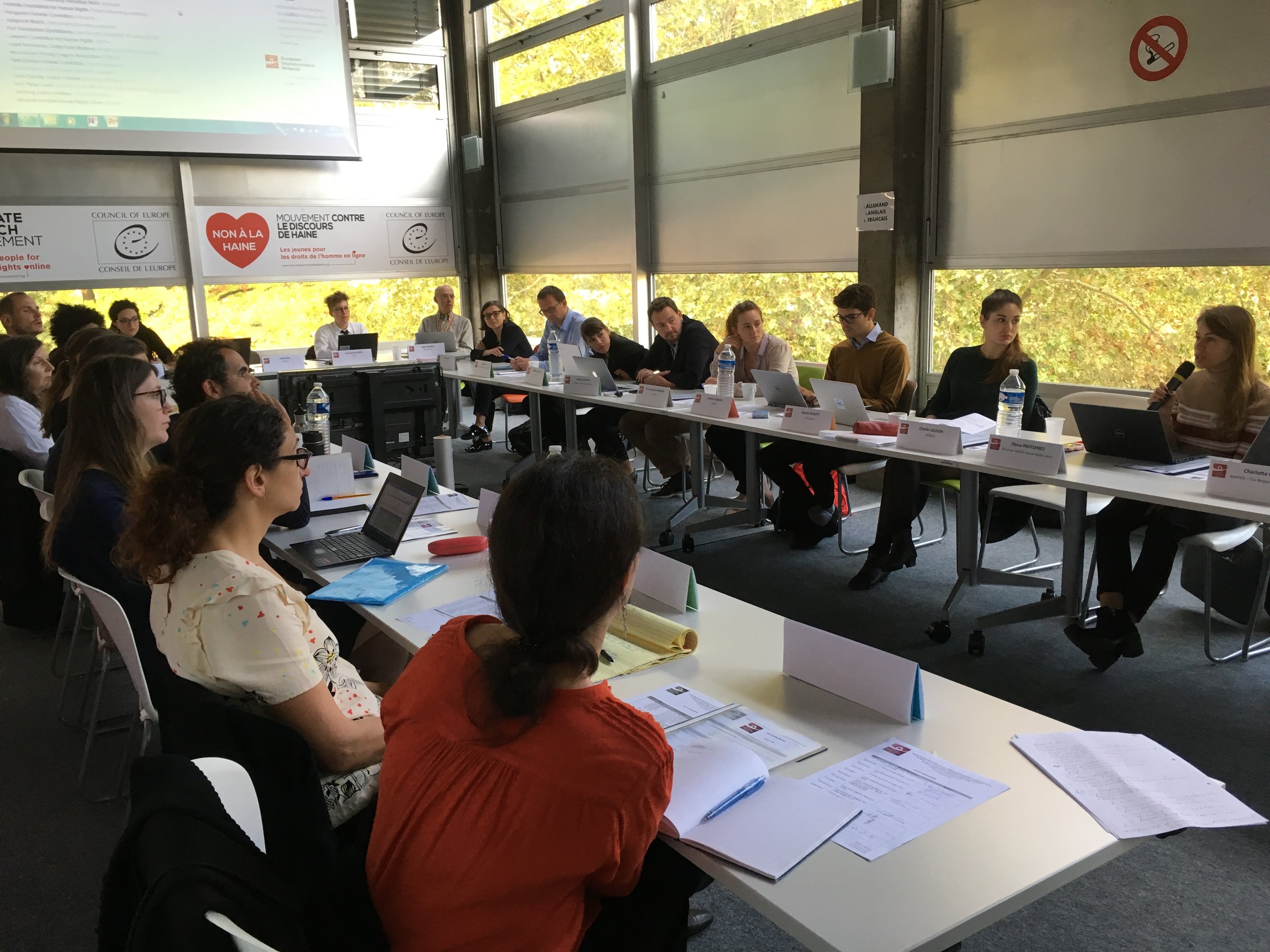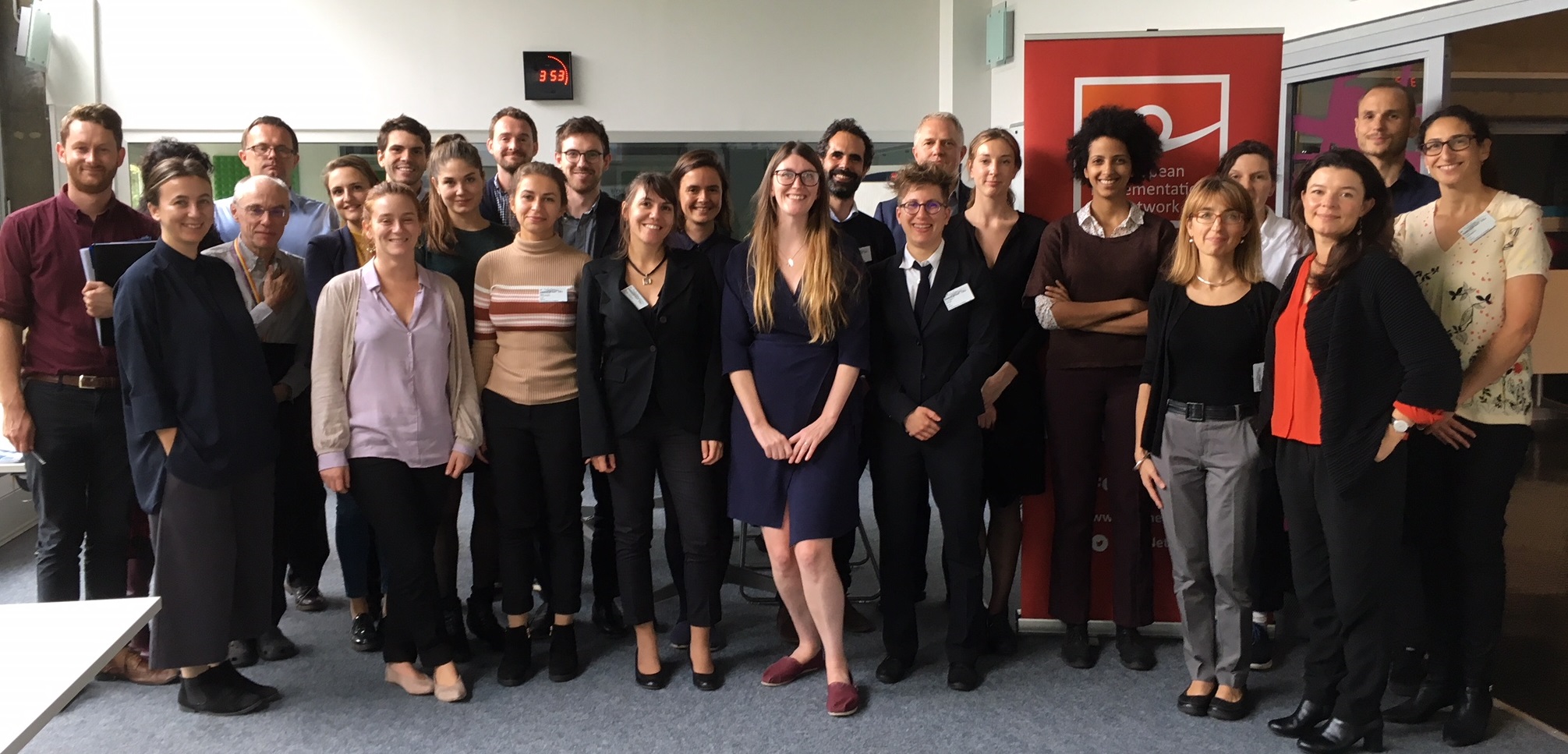EIN held its first General Assembly
/On Saturday 1st December 2018 EIN held its first General Assembly, following the launch of the network in 2016. The event reflected the growing desire of Europe’s civil society to work not simply to obtain judgments from the European Court of Human Rights, but to ensure that those judgments are put into practice to protect human rights for the people of Europe.
Participants in the EIN General Assembly. Photo: EIN/ Anton Burkov
An expanding network
EIN’s General Assembly involved 41 representatives from 29 organisations. 32 of the participants were from EIN member organisations or individual EIN members; 8 were observers from organisations that are interested in joining; and one participant came from OSF, one of the main EIN donors.
The popularity of the General Assembly reflected the growth in EIN’s membership, which has expanded from 8 founding members in 2016 to 29 members today.
A focus on upholding rights in practice
The assembly was focused around the governance of the network to date, success stories from members, and how the network will operate in future to repeat these successes and further the implementation of ECtHR judgments as effectively as possible.
A series of valuable contributions in the full session highlighted the need to re-focus activity on ensuring that judgments result in real changes to peoples’ lives. The discussion became more detailed in four break-out groups that focused on particular areas of EIN activity: how members can support each other; EIN’s strategic criteria; how to spread information about the implementation system; and EIN training.
The discussions produced a huge range of ideas, which will be reflected in an amended plan for EIN’s activities in 2019.
An expanding board
Members of the newly elected board. Photo: EIN
The enthusiasm for greater engagement with implementation was reflected in the interest of members to join EIN’s governing board. There were seven candidates standing for board membership: including three existing board members and four new candidates. The assembly agreed for all of the candidates to be selected. Along with the three continuing board members, this means that there are now 10 members of EIN’s board.
You can find more details of the new EIN board and its membership here.
A joint statement
EIN members also agreed to a joint statement on the need for changes to address the crisis with the implementation of ECtHR judgments. The statement and further details are available here.
